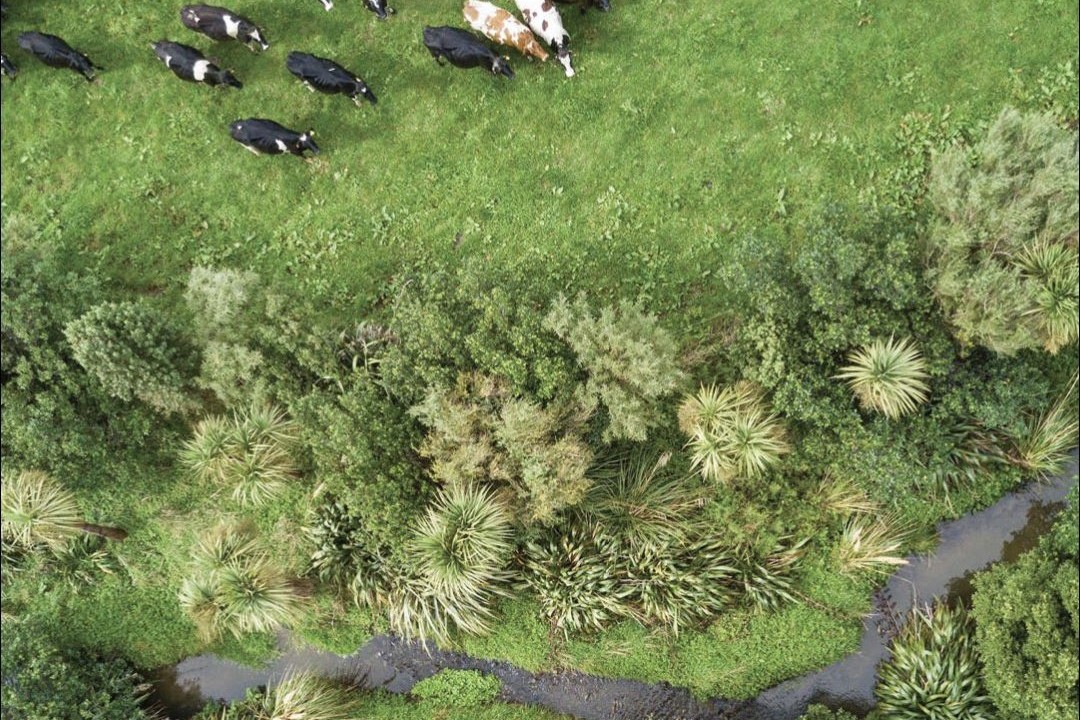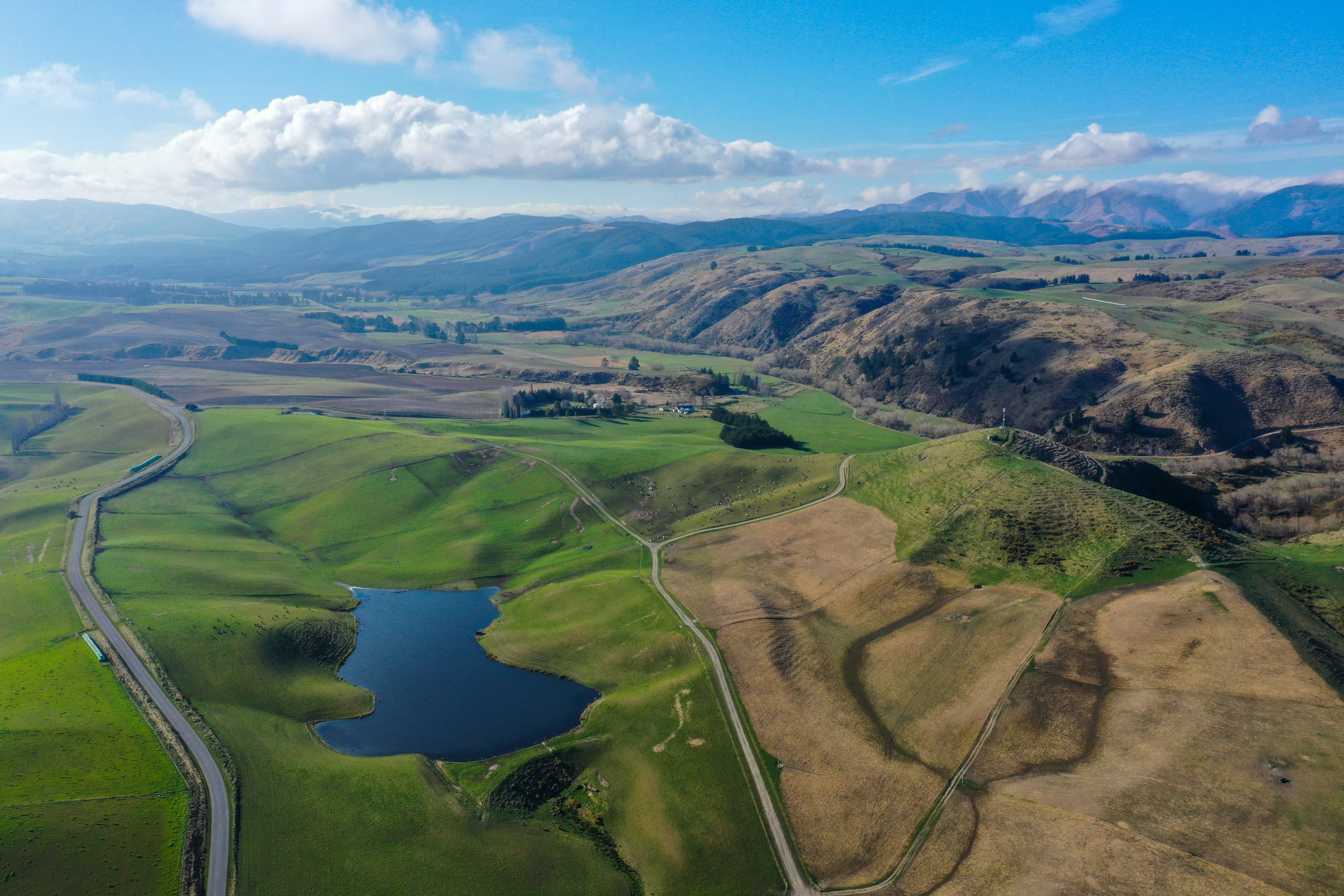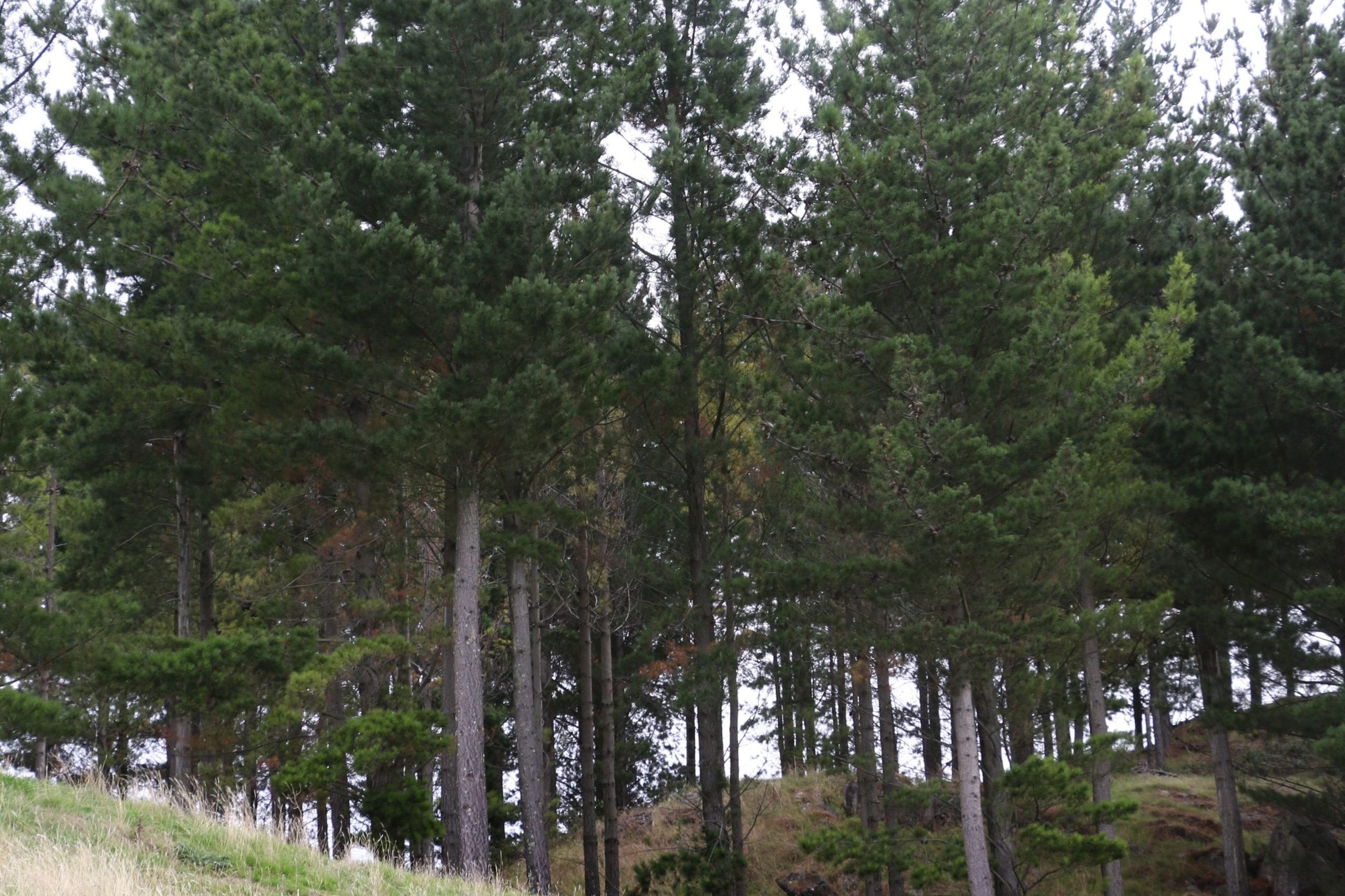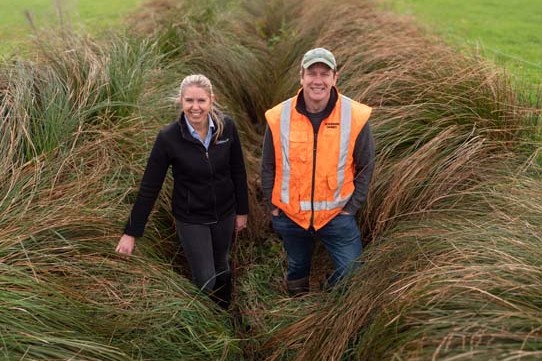Diversifying onfarm spreads risk
Diversification has made all the difference for a Bay of Plenty dairy farming couple. By Delwyn Dickey.
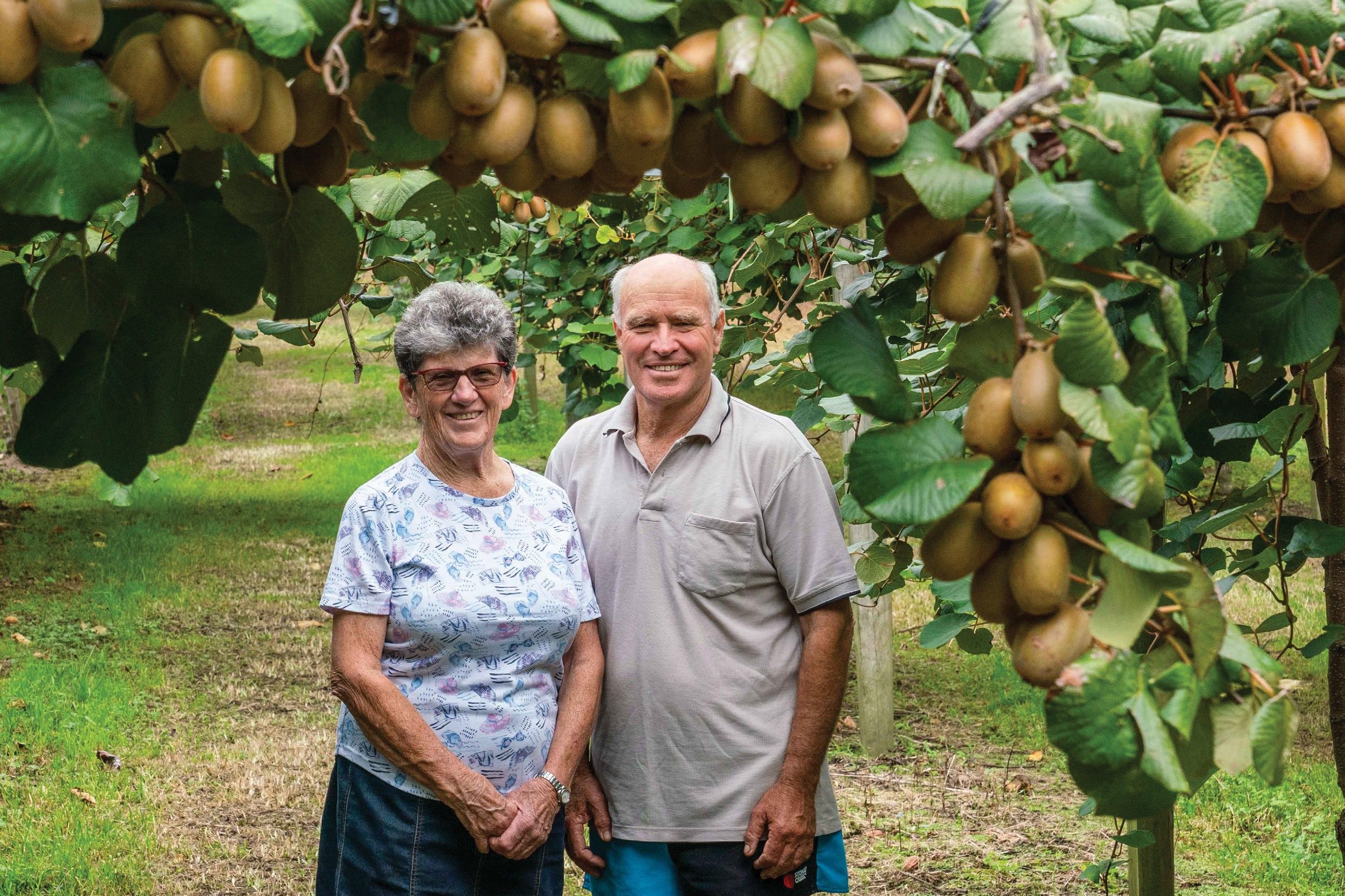
John and Margaret Scrimgeour have always been thoughtful dairy farmers, trying to improve their land, the performance of their farm, and the welfare of their animals.
They have also been open minded to spreading their business risk over the years, diversifying into other endeavours on their farm alongside dairying.
And this has paid off during the inevitable fluctuations in fortune dairying and other rural business experience.
They now find themselves unexpectedly as something of poster farmers for onfarm diversification as more environmental regulation comes into play with more likely.
John and Margaret bought their original 141-hectare dairy farm in the Bay of Plenty back in 1989. Rolling to hilly, with 100 metres altitude difference between the low and higher parts of property, the farm layout was not very well thought out in places, and largely fenced to contour.
There were some steep climbs for the cows to get back to the shed in the races, with paddocks fenced in such a way the gate would be at the bottom of the hill.
“Cows don’t like going downhill, and you had to force them to go down the hill to get them out – that sort of thing,” says John.
Not only did this make moving the animals difficult and time-consuming, it was also bad for the land, John says.
In the first few years they realigned some races – easing gradients where possible to give easier walks for the cows. Paddocks were fenced around hillsides rather than up and down, as animals walking around do a lot less damage.
During these years some of the steeper land was used for raising young stock. Pumice in the soil made it very free-draining and during late summer and autumn pasture growth drops dramatically.
There was plenty of grass for the youngsters in spring but it was much harder in autumn as the animals got bigger.
So they decided to buy more land.
Over the years they have added bits of neighbouring land until now the farm covers about 320ha with a milking platform of 115ha, and about 380 milking cows. They also graze 130 yearling heifers and a similar number of calves.
Some of the additional land was already in forestry and they maintained this while increasing plantings on steeper slopes – as they became more aware of issues with animals on steep land, including their hooves cutting up the soil and making it easier to be washed into waterways during heavy rain.
Now there are 100ha largely planted with pinus radiata, including a few hectares each of cypress lusitanica and redwoods. With roading running through the forestry for ease of felling and log removal, and at three different ages, there are multiple harvest options.
“We’re not exposed to the whim of the market at any one time,” John says. “We’ve got six to eight blocks we could harvest at any one time, so if the market does a dive in the middle of the harvest we’re not as exposed as we would be harvesting a large block.”
To date the couple have only harvested a 21ha block – the most trees they would harvest at any one time.
Spreading risk
When the milk price fell in the mid 2010s the benefits of spreading risk through diversifying became much clearer and saw them grateful they had persevered with a very run-down 6ha avocado orchard on one of the pieces of land they had bought. They had “played around” with the orchard for a few years, but it wasn’t doing very well. At one point they even thought about cutting down the trees.
But eventually they got the trees on a reasonably consistent production cycle.
“Financially they hit their straps in the 2014 to 2016 years – when the dairy payout was at rock bottom. It was fortunate for us, as avocado prices were quite reasonable,” John says.
Since then, they have planted another hectare in avocados with the young trees, at four years of age, giving them their first small commercial pick this season.
The last piece of land they bought had pretty good contour and John and Margaret, having come to grips with orcharding with the avocados, started planting kiwifruit 10 years ago. Over a couple of years, they planted up a 6ha block.
Having enjoyed the experience of establishing the kiwifruit, they decided to expand the orchard a few years later, and over three years planted up another 10ha of canopy on dairy farm land.
Running four different operations at the same time it might seem John and Margaret would be snowed under, but they say it is actually easier.
They have a contract milker who this season moved on to a 50/50 contract and started buying the cows off John and Margaret. This a good move for the contractor, John says, “creating an opportunity for that family”. And while John still tends to look after the younger stock, this has freed up time and taken a lot of responsibility off him.
Another contractor largely looks after the forestry – organising people for pruning, thinning and general silviculture work. Harvesting is done by a forestry marketing company.
A management company has a contract to manage the kiwifruit orchard and it is their responsibility to source all the labour to do the work.
The avocado orchard is probably the place where John still makes the most decisions including employing contractors for pruning, spraying, mulching, and picking.
But it’s not a big workload, he says, more managerial, and he has good relationships with all the separate contractors and for the other operations.
Financially, John and Margaret have gone from relying solely on dairy revenue, to having a mixed revenue stream with the horticultural side of 16 canopy hectares of kiwifruit and 7ha of avocados.
“The horticulture is now starting to take over from the dairying as the highest revenue earner,” John says.
Finding money to diversify
Finding the money to diversify can be hard at times. The bank may not be enthusiastic if you’re wanting to start a new venture where you have no expertise and several years’ worth of down time before there is a return – like commercial quantities of fruit coming off an orchard, for example.
While John and Margaret had no problem getting financial support from their bank as they expanded and diversified, John acknowledges it may be harder for others.
“Having a banking track record probably helped us,” surmises John. “We have a fairly cautious approach to life, and because over our dairy farming years we have been diligent about paying down debt, the bank was willing to back us.”
Being good at what you’re already doing and having good equity in your current business will also likely help, he says.
John’s advice to anyone looking at diversifying is to be sure what you want to branch into, and then take small steps, rather than making wholesale changes at any one time.
“I’ve seen people get into trouble by making big changes and they don’t work out. Do it on a small scale first and see how it works.”
Much of their development saw revenue from one venture financing another. Cash flow from the dairy farm paid for land and getting the derelict avocado orchard up and running properly. The kiwifruit blocks were funded by the dairy farm and the avocados, although funding from the bank was also needed.
Around a third of the kiwifruit are Haywood-green. Revenue from the dairy and avocados paid for the land work – including the frames the kiwifruit grows on.
But two thirds of the vines are G3 – gold, which you need a licence to grow, with the licence being very expensive. This saw them getting a loan from the bank.
Given avocado and kiwifruit are already successfully grown in their area a move into those types of ventures was easier for John and Margaret.
Getting advice about diversifying
What are the options for other farmers also looking to diversify.
Getting independent advice is key says Dr Alison Dewes, owner and director of Tipuwhenua – sustainable land use consultancy.
“You don’t know what you don’t know,” she says.
This lack of knowledge outside your own area of experience or expertise is a reason Alison recommends farmers also don’t look within their own industry for advice.
“There is a lot of opportunity here for farmers with the right advice.
“Traditionally farmers would listen to their industry leaders but they’re looking at improving the industry – dairy looking after dairy, beef and sheep looking after sheep and beef farmers.”
The dairy industry for example will be looking at more milk production, not about losing milk production.
“A farmer has 400ha and 20% is over 26 degrees, but all they know is how to run dairy cows, in spite of it being dangerous for the cows and staff on those slopes. The focus is always on more output, not someone saying the back 40ha is only harvesting 6 tonnes drymatter (DM)/ha, you should just have it in trees,” she says.
Also a farmer, ecologist and vet, Alison was until recently involved with LandCorp – now Pamu – for five years, including two years as environment head. State-owned Pamu manages 116 farms up and down the country, covering dairy, beef, sheep and deer farming.
Landcorp had the same challenges, she says, but had the advantage of having everyone in the same office to work together. Farmers aren’t in the same situation where they have access to specialists in different fields – dairy specialist, forestry specialist and others who will look at what’s fitting for the land and what is appropriate use.
Joining together to clean up the estuary
Getting a group of consultants linked together may be the best option especially when looking at it with a focus toward more sustainable and less environmentally impactful farming practices. Alison estimates this could cost anything from $8000 up to $15,000 but would be a good option particularly if you are looking to buy a farm. A technical adviser and project manager with the Te Wai Kokopu Trust, Alison has been able to offer this linked specialist consulting service free to one group of farmers in the Bay of Plenty, over the last three years, with funding from the Ministry of Primary Industries. Although with funding nearly all used, this is no longer available.
The Te Wai Kokopu Trust has been looking at ways to get the local community in the catchment on board to try and turn around ongoing degradation of the Waihi Estuary, one of the five most degraded estuaries in the country. There are a myriad of problems impacting the estuary including almost all the natural wetlands in the catchment – which act as filters for sediment and farm runoff – having gone. Poor water quality from the catchment with high nitrous and phosphorus levels is seeing algal blooms develop which play havoc with marine life, and along with extremely high levels of E.coli, are often leaving shellfish unsafe to eat and the estuary unsafe for swimming. Seagrass, which is home to small marine creatures as well as acting as a nursery to baby fish, has been smothered by sediment and has disappeared.
Much of the water in the catchment comes off farms. About 80% are dairy – including John and Margaret’s – and the remainder drystock. And like the Scrimgeour dairy farm they often have at least some hilly or even steep land which isn’t really suitable for dairying.
Since becoming involved with the project John has become a board member on the Trust. His farm was able to be assessed by independent consultants through this project.
Along with advice including on reducing nitrogen and phosphate levels, reducing stock numbers slightly, riparian planting and rewilding in places John and Margaret also got advice from forestry consultant Graham West, president of the New Zealand Farm Forestry Association, and former scientist with forest research institute Scion.
Following his advice, the pair have planted a couple of hectares of quite steep land with poplars at wide spacings – 12m by 12m. The land is north facing and gets hammered in the sun during summer/autumn. While the poplars will have a timber value, there will be grazing under them, with the trees offering shade to the cattle. They will also be drawing nutrients from deeper in the soil and increasing soil nutrients and fertility at the surface through leaf drop.
There will also be shade benefits for adjoining paddocks.
The project has been very successful, Alison says, with about 20 farmers in the mid to upper catchment starting to change their systems. She would like to see more funding from MPI or government so more farmers can take advantage of this approach.
* Our Land and Water are currently funding research into finding novel funding options away from the banks for diversification and environmental change. These include crowd-funding groups like Project Crimson, forming collectives and pooling capital, blended finance with government and industry partnerships, or government and impact investment partnerships.
Results are expected out toward the end of the year.


